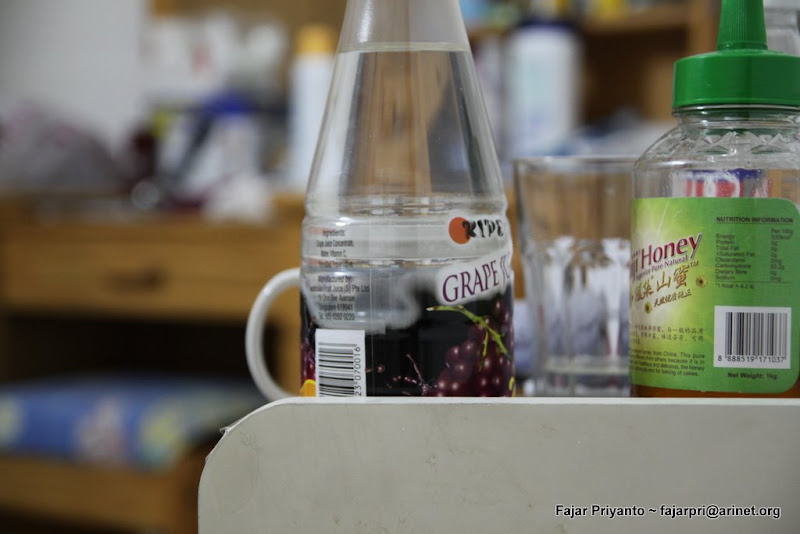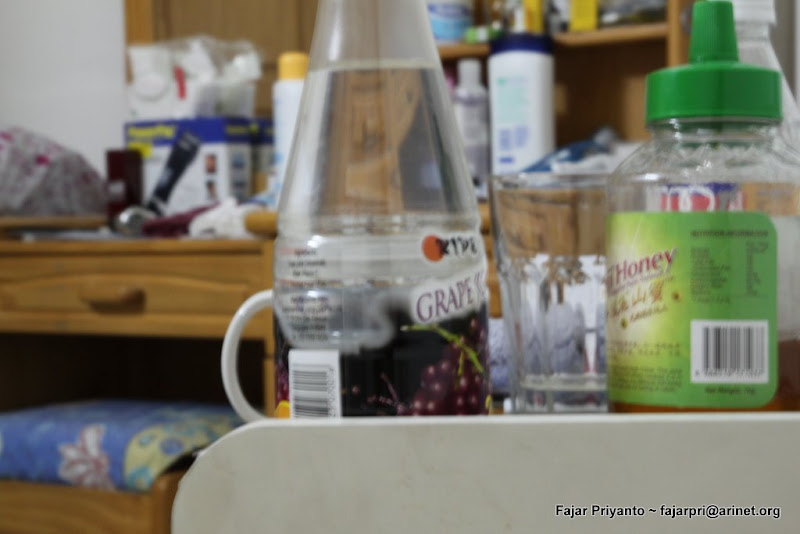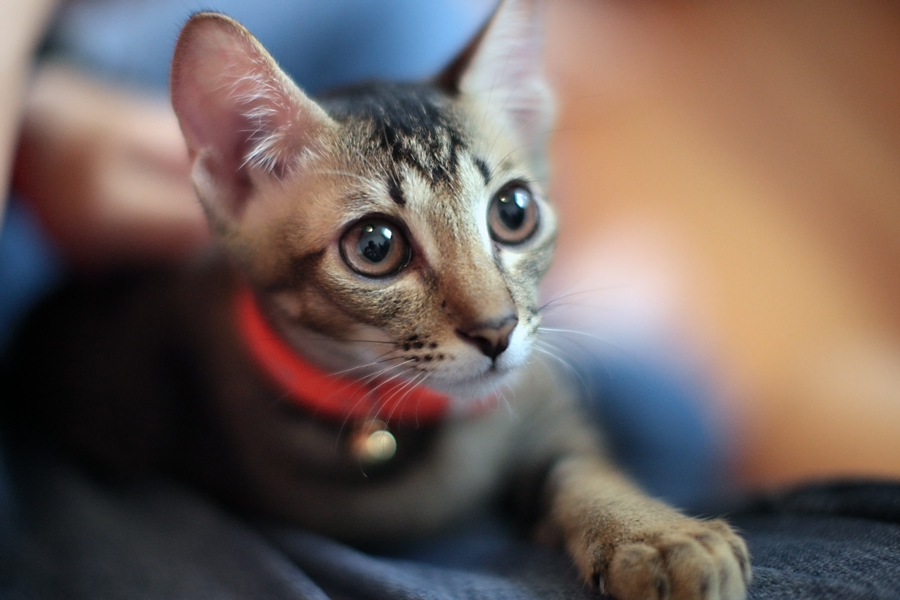Hi...
can anyone teach me how to take a bokeh pic?
i'm still beginner...sorry that i ask the stupid question here..
can anyone teach me how to take a bokeh pic?
i'm still beginner...sorry that i ask the stupid question here..
Hi...
can anyone teach me how to take a bokeh pic?
i'm still beginner...sorry that i ask the stupid question here..
Hi...
can anyone teach me how to take a bokeh pic?
i'm still beginner...sorry that i ask the stupid question here..
Hi...
can anyone teach me how to take a bokeh pic?
i'm still beginner...sorry that i ask the stupid question here..
i'm still beginner...sorry that i ask the stupid question here..
Hi...
can anyone teach me how to take a bokeh pic?
i'm still beginner...sorry that i ask the stupid question here..
I'm also newbie. My lens is 17-50mm F/2.8 Tamron.
Is it true that I need a more zoom lens to produce a dramatic bokeh effect? Like a 200mm lens? :sweat:
I'm also newbie. My lens is 17-50mm F/2.8 Tamron.
Is it true that I need a more zoom lens to produce a dramatic bokeh effect? Like a 200mm lens? :sweat:
Btw.. just want to add more info.. about Depth of Field...
Got guidance from someone in IRC channel:
This is 50mm F2.8

This is 50mm F11 (notice the background compares to above photo)

:sweat:


